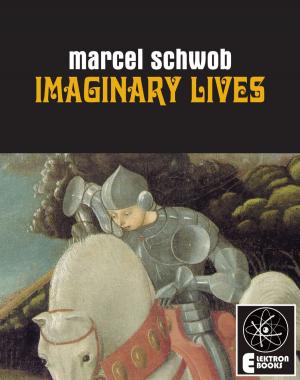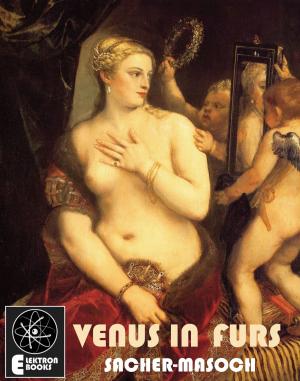| Author: | Ludwig Tieck | ISBN: | 9781908694775 |
| Publisher: | Elektron Ebooks | Publication: | January 5, 2010 |
| Imprint: | Elektron Ebooks | Language: | English |
| Author: | Ludwig Tieck |
| ISBN: | 9781908694775 |
| Publisher: | Elektron Ebooks |
| Publication: | January 5, 2010 |
| Imprint: | Elektron Ebooks |
| Language: | English |
The German Romantic Movement was the first to embrace chaos. Its first theorist was Friedrich Schlegel (1772-1829); it was Schlegel who in 1795 expounded a philosophy of the fragment, claiming that the fragment represented a "chaos of everything sublime, beautiful and bewitchingâ€. Inspired by Goethe's 1795 fable of the Green Snake, but rejecting his outmoded classicism, young writers of the movement such as Wackenroder, Tieck and Novalis began to utilise the format of the fairy-tale (märchen) as a subversive delivery system for their new vision of a literature that would celebrate nature, the human spirit and, above all else, the imagination, underpinned by psychological reality and the notion of fragmentation. Beautiful Chaos presents eight of the most thought-provoking and resonant exemplars of this literary counter-blast, works which would have direct influence on the founding fathers of a more modern movement, Surrealism, over a century later. Works include: "Klingsohr's Tale" by Novalis; "Rune Mountain" by Ludwig Tieck; "The Naked Saint" by Wilhelm Wackenroder; "The Beggar-Woman Of Locarno" by Heinrich von Kleist; and "The Sickly Madman Of Fort Ratonneau" by Achim von Arnim.
The German Romantic Movement was the first to embrace chaos. Its first theorist was Friedrich Schlegel (1772-1829); it was Schlegel who in 1795 expounded a philosophy of the fragment, claiming that the fragment represented a "chaos of everything sublime, beautiful and bewitchingâ€. Inspired by Goethe's 1795 fable of the Green Snake, but rejecting his outmoded classicism, young writers of the movement such as Wackenroder, Tieck and Novalis began to utilise the format of the fairy-tale (märchen) as a subversive delivery system for their new vision of a literature that would celebrate nature, the human spirit and, above all else, the imagination, underpinned by psychological reality and the notion of fragmentation. Beautiful Chaos presents eight of the most thought-provoking and resonant exemplars of this literary counter-blast, works which would have direct influence on the founding fathers of a more modern movement, Surrealism, over a century later. Works include: "Klingsohr's Tale" by Novalis; "Rune Mountain" by Ludwig Tieck; "The Naked Saint" by Wilhelm Wackenroder; "The Beggar-Woman Of Locarno" by Heinrich von Kleist; and "The Sickly Madman Of Fort Ratonneau" by Achim von Arnim.















